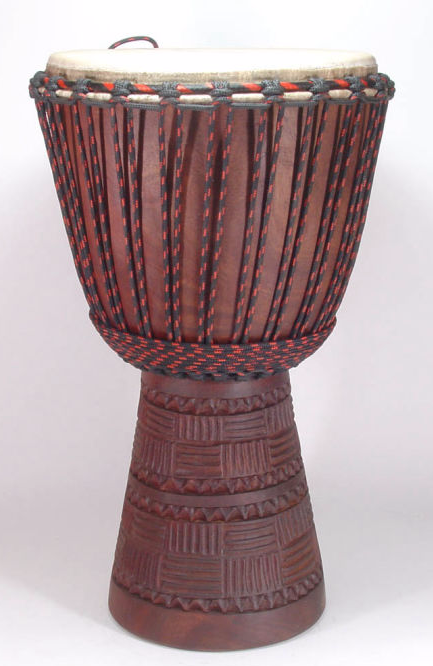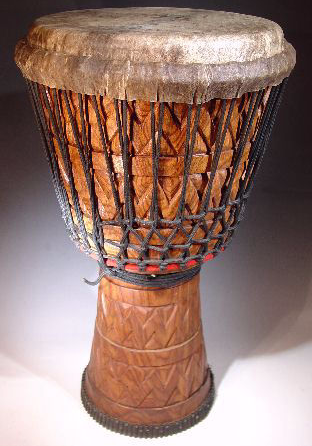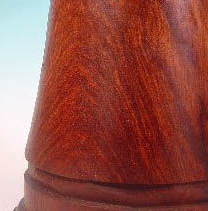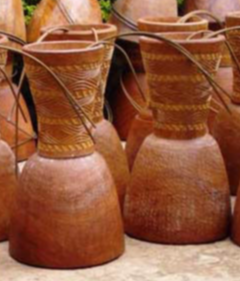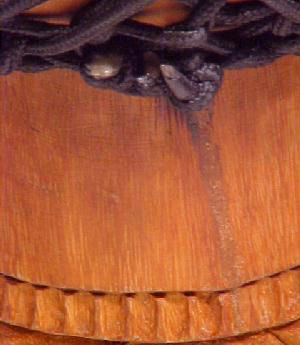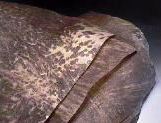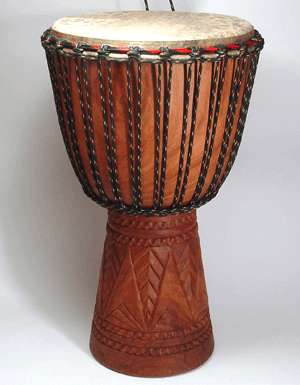
This djembe drum from Mali is an instrument of beauty and grace. As a craftsman I can only work with, and appreciate what is real. Hand carved from a single log, with no production lathe work. Gorgeous heart wood carefully selected, dried and finished. Master craftsman working in the home of djembe drum music, Bamako, Mali, use European rope and ancient skills to produce a classic instrument to honor their ancestors .... These are what I play. Frankly the best djembe is often the last well crafted and tuned up West African made Djembe I have played, whether from Mali, Guinea, or the Ivory Coast.
